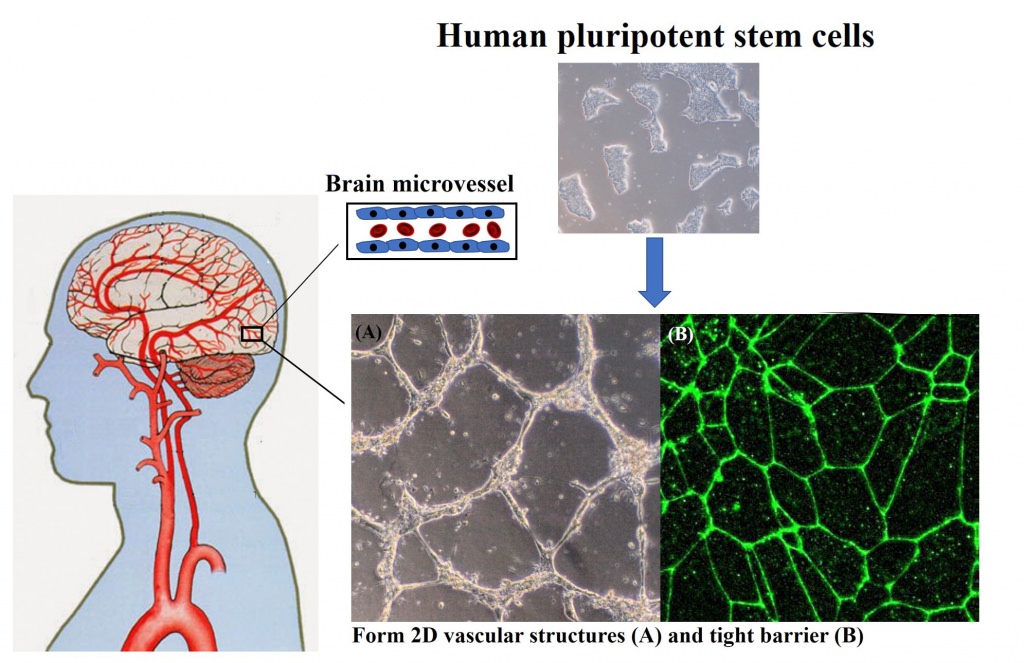
By increasing immune cell delivery to the tumor microenvironment, an immunologically “cold” tumor may be converted into an immunologically “hot” one, and this may further potentiate immune-checkpoint inhibitor strategies. Also important is ascertaining whether LIPU can improve other immunotherapies by enhancing the presence of effector cells at the site of the tumor. LIPU-induced BBB opening may not add therapeutic value if the primary action of an immunotherapy is in the periphery and there is already sufficient access to the tumor microenvironment by immune-effector cells. These antibodies could act on targets like tumor antigens or cell populations like microglia, which are present in the CNS.

Antibodies that act in the CNS may gain an advantage by being better delivered through LIPU-induced BBB opening. Novel methods must be investigated for increasing T-cell infiltration and activity at the tumor site.īBB opening using low-intensity pulsed ultrasound (LIPU) is a favorable method for facilitating the delivery of various therapeutics, such as antibodies and cells, into the glioma microenvironment ( 7–9). Therefore, immune-checkpoint inhibitors may lack function even if they are adequately delivered to the tumor microenvironment. Additionally, intracranial tumors can further deplete T cells through sequestration in the bone marrow ( 6). Some immune cells like macrophages are abundant in gliomas ( 3, 4), while cytolytic immune cells like T and natural killer cells are scarce ( 5). Although some antibodies may be modified for increased CNS delivery, this strategy may not be applicable for other therapeutics. CNS detection of peripherally administered antibodies is less than 1% ( 2). As previously described, these immunotherapies may lack antitumor activity either by an inability to interact within the glioma microenvironment or by a paucity of immune-effector trafficking ( 1). Siponimod, Ponesimod and Ozanimod target the same receptors as Gilenya (fingolimod).Currently, a large compendium of immune therapeutics, including immune-checkpoint inhibitors, immune modulators, and cellular therapeutics, is hindered by a lack of BBB penetration. Gilenya (fingolimod) targets receptors on the BBB to strengthen the barrier, and also traps immune cells in the lymph glands so they don't cross into the central nervous system. These include Tysabri (natalizumab), which binds to immune cells so they can't get through the barrier. Several of the disease modifying drugs currently available or in development act on the blood-brain barrier itself, or aim to stop immune cells from passing through the BBB. Possible links between gut health and the strength of the BBB have been explored through work on the microbiome. The BBB can be damaged or disrupted by many things including stress, inflammation, or chemical processes thought to be triggered by disease, drugs, air pollution or smoking. These cells then attack the myelin around your nerves, which leads to nerve damage and MS symptoms. If the BBB is damaged or weakened in some way, immune cells are able to cross. A breakdown in the blood-brain barrier (BBB) is thought to be an early stage in this process.
BLOOD BRAIN BARRIER FUNCTION SERIES
It is thought that there are a series of events that lead to multiple sclerosis. The blood-brain barrier (BBB) is maintained by glial cells, including astrocytes. In the brain and spinal cord, the endothelial cells are tightly joined together, and substances can only cross the barrier through controlled transport channels or under special circumstances. Throughout most of your body, the tiny blood vessels (capillaries) are lined by endothelial cells, but substances can seep in and out of them between the gaps in the cell layer.

Brain and nerve cells in the CNS need to be able to get oxygen and glucose from the blood but not to become infected by disease or to be influenced by hormones produced elsewhere in the body.

The brain and spinal cord have very specific requirements to enable them to function efficiently. This barrier prevents large molecules, immune cells, and disease-causing organisms such as bacteria and viruses from passing from the blood stream into the central nervous system (CNS). The blood-brain barrier is a tightly packed layer of cells that line the blood vessels in the brain and spinal cord.


 0 kommentar(er)
0 kommentar(er)
